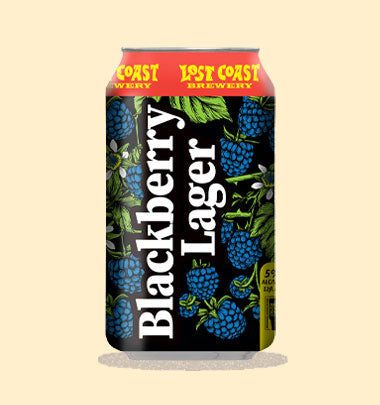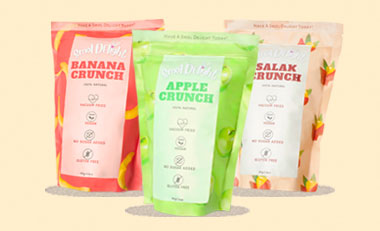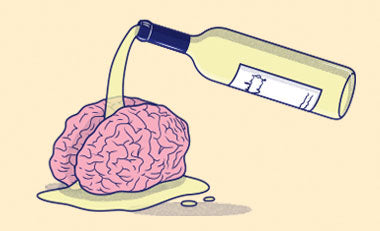CRAFT BEER
CRAFT BEER
STYLE
STYLE
COUNTRY
COUNTRY
WINE
WINE
CIDER
CIDER
HARD SODA
HARD SODA
SNACK
SNACK
PRESENT
PRESENT
OCCASION
OCCASION
CUSTOMISE
CUSTOMISE
BUDGET
BUDGET





























